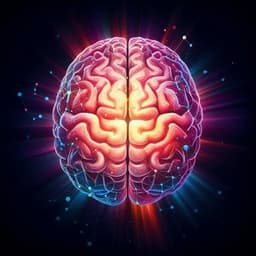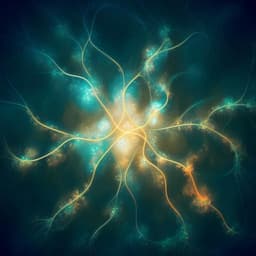
Engineering and Technology
Dynamics of lattice disorder in perovskite materials, polarization nanoclusters and ferroelectric domain wall structures
J. Očenášek, J. Minár, et al.
This research unveils an intriguing connection between classic ferroelectricity and lattice disorder in perovskite materials, conducted by Jan Očenášek, Ján Minár, and Jorge Alcalá. Through advanced simulations, the authors reveal the fascinating roles of cation hopping and polarization nanoclusters in shaping domain wall structures, all while exploring the potential control of lattice disorder via shear strain.
~3 min • Beginner • English
Related Publications
Explore these studies to deepen your understanding of the subject.







